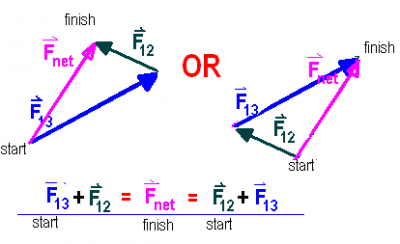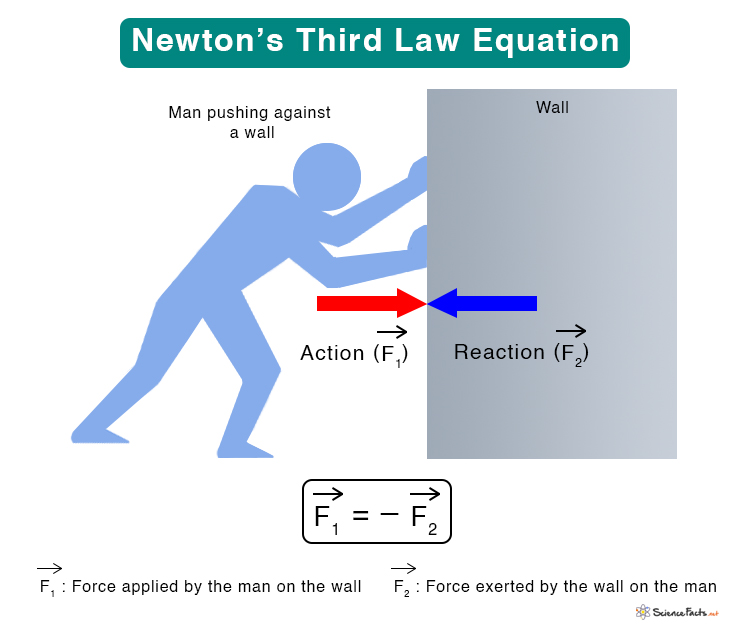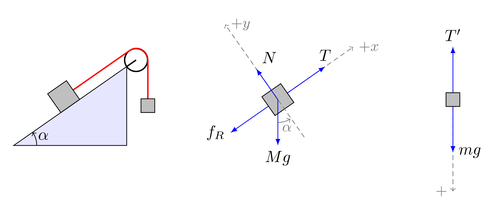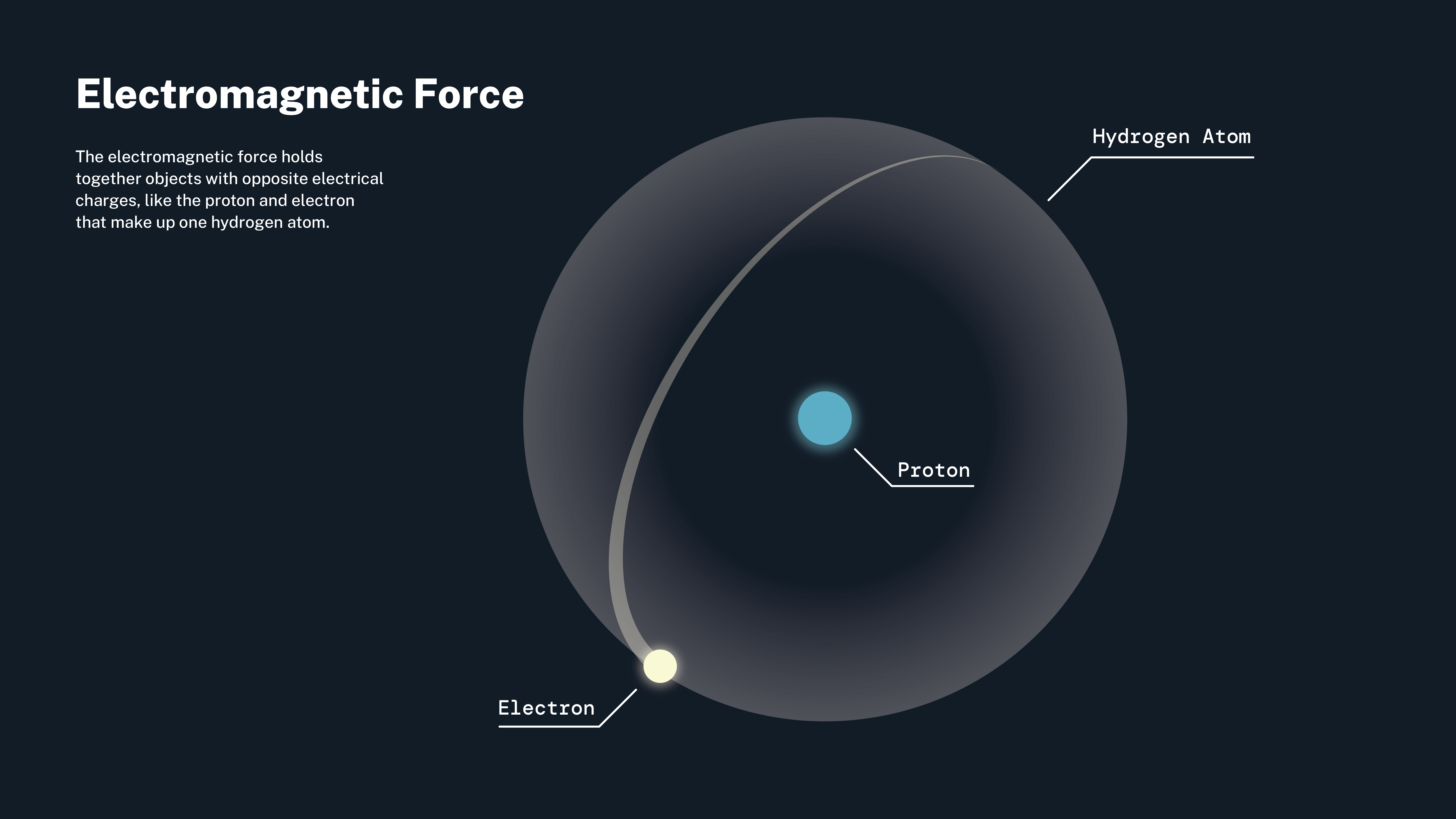Comprehensive Forces Review: Key Concepts and Applications
Introduction
Forces are fundamental to understanding the physical world. They describe interactions between objects and dictate how objects move and behave under various influences. If you’ve taken AP Physics 1, many of the concepts discussed here may feel familiar, but even without prior knowledge, this guide offers a thorough overview of forces, their properties, and their applications in physics. By the end of this article, you’ll have a solid grasp of key principles governing forces and their significance in electromagnetism and mechanics.
Forces and Vectors
Forces describe the interactions between objects and can be graphically represented using vectors. Here are the essential properties of forces:

Vector Representation:
Forces are represented as arrows, where the length of the arrow indicates the magnitude of the force, and its direction shows the force’s orientation.
This graphical representation helps visualize the impact of forces on objects.
Detection Through Motion:
Forces cause changes in an object’s motion, such as altering its velocity or direction.
For example, a force applied to a stationary object causes it to move, while a force on a moving object changes its trajectory or speed.
Magnitude and Direction:
The strength of a force is measured in Newtons (N).
The direction is typically described as an angle relative to a reference axis, such as the x-axis.
Forces in Inertial Reference Frames
An inertial reference frame is one in which an object remains at rest or in uniform motion unless acted upon by a force. In these frames, Newton’s laws of motion apply:
First Law: An object remains at rest or in uniform motion unless acted upon by an external force.
Second Law: The acceleration of an object is directly proportional to the net force acting on it and inversely proportional to its mass.
Third Law: For every action, there is an equal and opposite reaction.
Forces as Interactions Between Objects
Forces arise from the interactions between objects. Here’s a closer look at the interaction-based nature of forces:
Interaction Between Objects:
A force exerted on an object is always due to its interaction with another object.
Example: When you lift a book, the force exerted by your hand interacts with the book.
Resting Objects and External Forces:
Even stationary objects experience forces. For instance, a book on a table is subject to:
Gravity, pulling it downward.
Normal Force, exerted by the table upward to counteract gravity.
Net Force and Acceleration:
The net force acting on an object is the vector sum of all forces.
Acceleration occurs in the direction of the net force, and its magnitude depends on the force’s strength.
Newton’s Third Law of Motion
Newton’s third law states:
“If one object exerts a force on a second object, the second object exerts an equal and opposite force on the first object.”

Key Takeaways:
Action and Reaction Forces:
These forces always act on different objects.
Example: If you push against a wall, the wall pushes back on you with an equal and opposite force.
Force Magnitude and Direction:
Action and reaction forces have the same magnitude but opposite directions.
Example: A 10 N force exerted by your hand on a wall results in a 10 N reaction force exerted by the wall on your hand.
Free-Body Diagrams
Free-body diagrams are essential tools for visualizing forces acting on a single object. They simplify complex physical scenarios by isolating an object and representing all forces acting upon it.

Steps to Create a Free-Body Diagram:
Draw the Object:
Represent the object as a point or a simplified shape.
Identify Forces:
Draw arrows to represent each force acting on the object.
Label each force (e.g., gravity, normal force, applied force).
Use a Coordinate System:
Choose a coordinate system with one axis parallel to the direction of motion to simplify calculations.
Applications:
Understanding Motion: Analyze pendulums, inclined planes, or mechanical systems.
Problem Solving: Translate diagrams into equations to calculate net forces and acceleration.
Electromagnetic Forces
Electromagnetic forces govern interactions at scales ranging from subatomic particles to astronomical bodies. These forces arise from the interactions of electrically charged particles.

Properties of Electromagnetic Forces:
Wide Range of Influence:
Responsible for chemical reactions, magnetic fields, and the behavior of light.
Everyday Impact:
Interactions between electrons in our bodies and external electromagnetic fields (e.g., those from electronic devices).
Positive and Negative Effects:
Fields produced by electrical power lines and electronic devices can affect health, depending on their strength, frequency, and proximity.
Practice Scenarios
Scenario 1: A Book on a Table
Forces acting:
Gravity pulls the book downward.
The table exerts an equal upward normal force.
Result:
The book remains stationary due to balanced forces.
Scenario 2: A Moving Object
A car accelerates due to the force exerted by the engine.
The frictional force opposes motion, but the engine’s force exceeds it, causing acceleration.
Scenario 3: Electromagnetic Interaction
A magnet attracts a piece of iron.
The magnetic force pulls the iron toward the magnet, overcoming gravitational resistance.
Conclusion
Understanding forces is crucial for analyzing the interactions that shape the world around us. From the basics of vectors and Newton’s laws to the intricacies of electromagnetic forces, mastering these concepts allows us to solve real-world problems and design innovative solutions. Use tools like free-body diagrams and practice applying these principles to build a solid foundation in physics. For more insights and educational resources, visit slyacademy.com.







